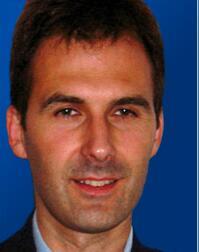Abstract—The use of heterogeneous networks, based on the macro and small cells composition, significantly reduces the power consumption in wireless networks. On the other hand, the implementation of the backhaul infrastructure responsible for ensuring communication and traffic support generated by the small cells causes a reverse regarding to the electric energy consumption. Thus, this study presents a model of predicting traffic for the next 15 years, from 2015 to 2030, aiming to define the energy impacts of using small cells for indoor coverage. Furthermore, this study shows the discretized impact of each backhaul structure component in the growth of electric energy consumption.
Index Terms—Backhaul, energy efficiency, small cells, traffic model.
Albert Richard Moraes Lopes is with the Laboratory of Applied Electromagnetics, Federal University of Pará, Brazil (e-mail: albert.richard@gmail.com).
Fabrício S. Farias is with the Laboratory of Applied Electromagnetics in Federal University of Pará. He is also with UFPA Campus Cametá, Brazil (e-mail: fabriciosf@ufpa.br).
João Crisóstomo Weyl Albuquerque Costa is with Electrical and Computer Engineering, Federal University of Pará, Brazil (e-mail: jweyl@ufpa.br).
[PDF]
Cite: Albert Richard Moraes Lopes, Fabrício S. Farias, and João Crisóstomo Weyl Albuquerque Costa, "Evaluation of the Energy Impact on Indoor Small Cells and Backhaul," International Journal of Future Computer and Communication vol. 4, no. 3, pp. 152-159, 2015.


